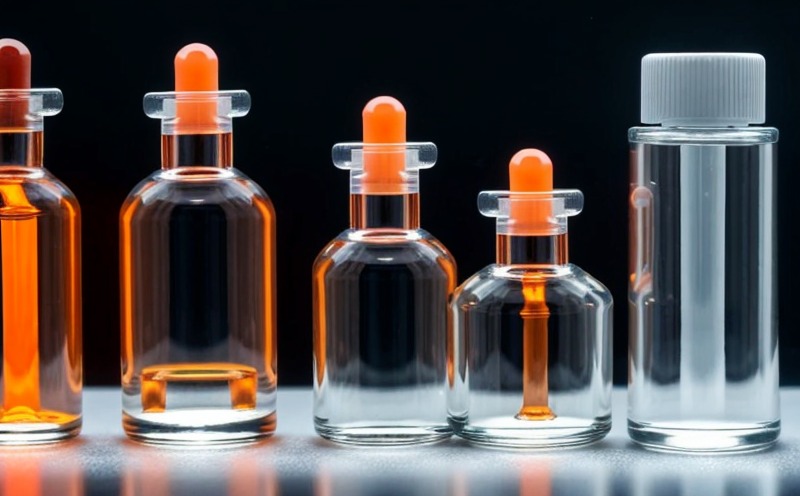EN 16766 Food Contact Safety Testing of Nanoparticles in Packaging
The European Standard EN 16766 provides a framework for assessing the safety of nanomaterials used in food packaging. This standard is particularly important given the increasing use of nanoparticles in various packaging materials, ranging from plastic films to paper-based containers. The primary goal of this testing protocol is to ensure that any nanomaterials do not migrate into the food product, thereby maintaining both the safety and integrity of the packaged goods.
The standard outlines several key aspects that must be considered during testing, including the characterization of nanoparticles, their potential for migration, and the overall impact on human health. Nanoparticles are often used in packaging to enhance barrier properties, improve strength, or provide antimicrobial properties; however, these benefits come with risks if they inadvertently contaminate food products.
For EN 16766 compliance, laboratories must possess advanced analytical equipment capable of detecting even trace amounts of nanoparticles. This typically includes techniques such as electron microscopy (TEM), X-ray diffraction (XRD), and inductively coupled plasma mass spectrometry (ICP-MS). Specimen preparation involves carefully selecting representative samples from the packaging material to ensure accurate testing.
The testing process is rigorous, involving multiple stages. Initially, the nanomaterials are characterized using high-resolution imaging techniques to understand their size distribution and morphology. Following this, migration studies are conducted under controlled conditions simulating real-world scenarios. This helps determine whether nanoparticles can leach into the food during storage or use.
The results of these tests are then analyzed according to strict acceptance criteria outlined in EN 16766. Compliance with these standards is crucial for manufacturers looking to bring their products to market while ensuring they meet regulatory requirements across Europe and beyond. Non-compliance can lead to product recalls, legal action, and damage to brand reputation.
Understanding the implications of nanomaterials in food packaging is essential for businesses involved in R&D, quality assurance, and procurement. By adhering strictly to EN 16766 guidelines, companies can mitigate risks associated with nanoparticle migration, ensuring safer products for consumers worldwide.
Industry Applications
| Application Area | Description |
|---|---|
| Plastic Films | Nanoparticles can enhance barrier properties and improve durability, making them ideal for food packaging. |
| Paper-Based Containers | The addition of nanoparticles can provide antimicrobial properties, extending shelf life without compromising safety. |
| Adhesives | Nanoparticles used in adhesives can increase bonding strength and reduce the amount of adhesive required. |
| Coatings | Nano-coatings offer superior protection against moisture, chemicals, and other contaminants. |
Why Choose This Test
- Ensures compliance with European regulations for food contact materials.
- Reduces the risk of nanoparticle migration into food products.
- Provides peace of mind to consumers regarding product safety.
- Facilitates smoother market entry and expansion in Europe.
- Aids in maintaining brand reputation and consumer trust.
- Supports ongoing research and development efforts aimed at safer materials.
- Promotes sustainability by ensuring packaging meets stringent safety standards.
Environmental and Sustainability Contributions
The use of nanomaterials in food packaging not only enhances product safety but also contributes positively to environmental sustainability. By improving the efficiency of materials used, less raw material is required, reducing waste and resource consumption. Additionally, EN 16766 ensures that any potential impacts on the environment are minimized by preventing harmful substances from entering ecosystems through improper disposal or degradation.
Furthermore, the testing process itself drives innovation within the industry, encouraging manufacturers to explore safer alternatives and more sustainable practices. This shift towards greener technologies aligns with global efforts to combat climate change and promote circular economy principles. Through rigorous testing and adherence to standards like EN 16766, companies can contribute meaningfully to a healthier planet.





